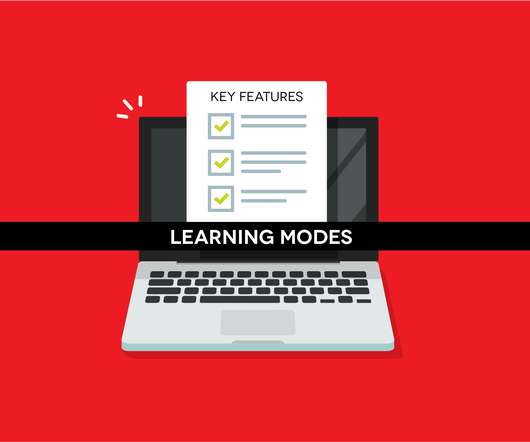Active Learning Theory
Ed App
OCTOBER 26, 2022
Active learning theory is one of the most popular buzzwords in the learning and development (L&D) community today. What is active learning? Active learning involves actively engaging with your learners. Create the best active learning environment with EdApp today. What are examples of active learning?













































Let's personalize your content